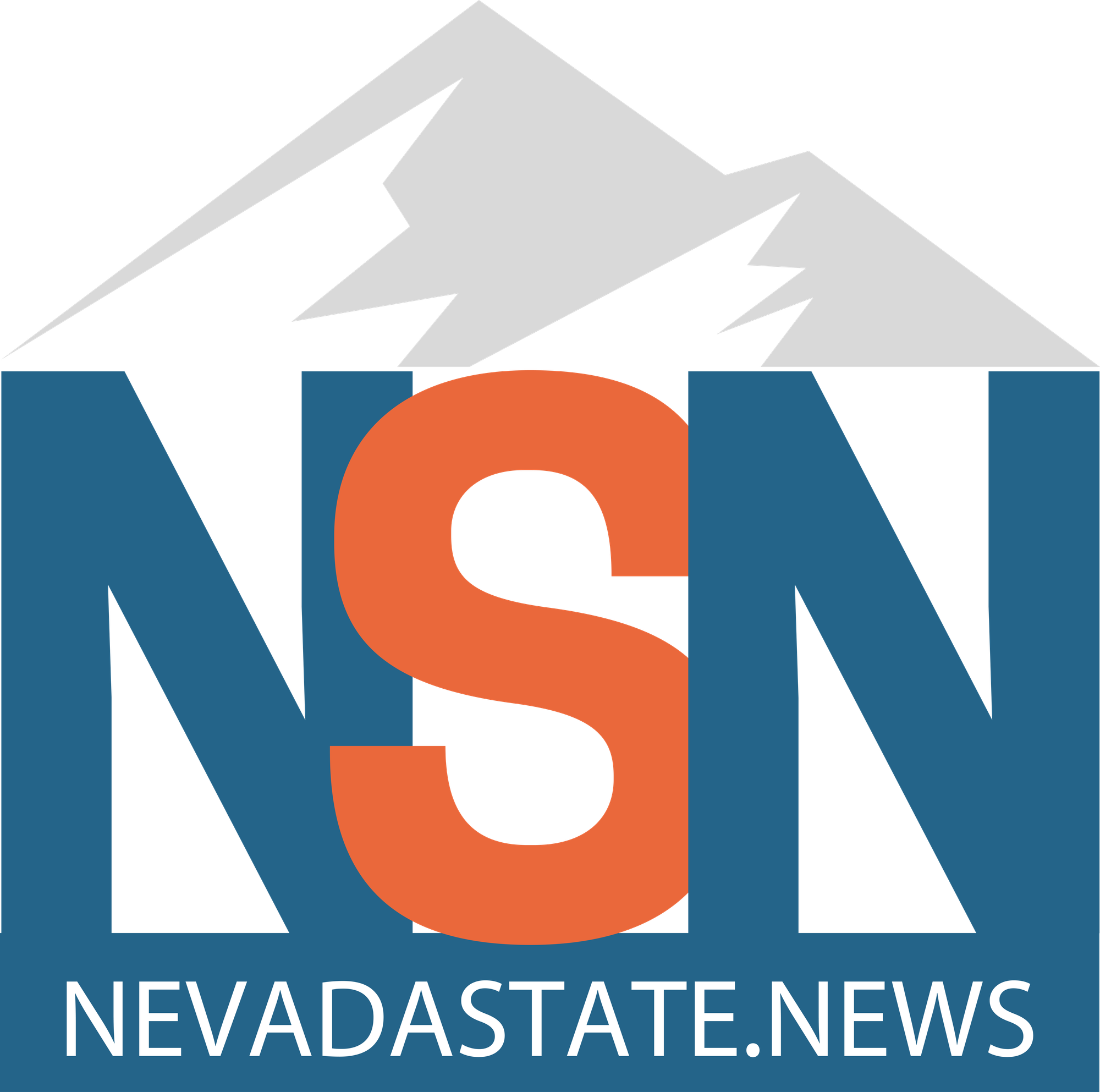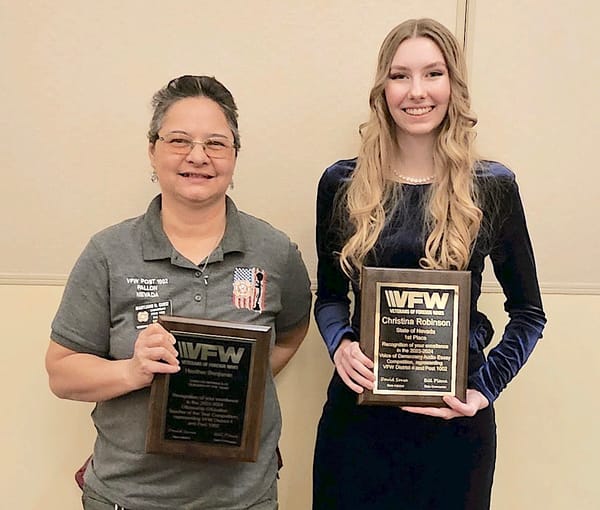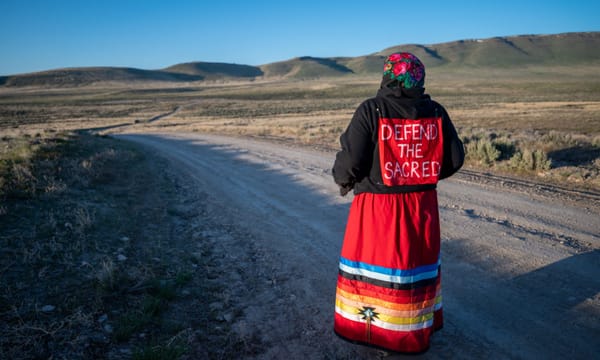Nevada points finger at federal government for vaccine delay

By SAM METZ AP/Report for America
CARSON CITY, Nev. (AP) — Roughly two-thirds of the COVID-19 vaccines that Nevada has received from the federal government remain in vials. Only six states have administered less doses per capita than Nevada, data from the U.S. Centers for Disease Control and Prevention show.
Now, four weeks after receiving its first vaccine shipment and after struggles to administer doses at the rate it originally anticipated, Nevada is making changes to its distribution plan designed to get shots into residents’ arms more quickly. Public health officials announced plans on Monday to replace the state’s tiered distribution plan, which outlined priority groups and directed providers to move through them in sequence.
Under the state’s new plan, once all front-line health care workers and long-term care facility residents are offered vaccines, providers will be directed to concurrently vaccinate high-risk groups — including residents with underlying conditions and front-line workers the state deems essential, such as teachers, service industry workers, state legislators and mining industry workers. The plan also lowers the age threshold for priority distribution from 75 to 70.
“Some states might not consider hospitality workers essential. If they don’t have a large hospitality industry, that might not make sense for them. But in the state of Nevada, they are essential. They’re showing up to work every day; they’re on the front lines of public exposure, and they are certainly essential to getting the state back on track and recovering,” said Gov. Steve Sisolak’s Chief of Staff Michelle White.
Since mid-December, Nevada has received 170,400 vaccine doses. Providers have logged almost 62,000 doses into Nevada’s tracking system. Nevada Health Bureau Chief Candice McDaniel attributed the incomplete rollout to a lack of advance notice from the federal government, which alerts officials of how many doses are scheduled to be delivered no more than a week in advance.
“What we’re really pushing for from the federal level is a lot more projection,” she said. “If we can get that sort of information, we will be better as a state program to support our community.”
Sisolak said the federal government had put state and local vaccination teams in “an impossible position” to guess how many people to prepare to vaccinate. He said the $3 billion allocated by the federal government in late December for vaccine distribution would bolster efforts, but would’ve been more useful if passed while states were planning distribution efforts.
The recognition of the slower-than-expected rollout diverges from previous remarks, in which Sisolak focused on instilling faith in immunization efforts. In October, he said that he was confident in Nevada’s ability to distribute the vaccine despite lack of federal funds. On Dec. 30, he proclaimed the rollout a success, describing distribution as smooth and attributing the low administration rates to data input lags.
“Similar to every other state that has been tasked with completely running the largest vaccination program in history, there have been challenges. Instead of ignoring or denying the challenges we face, we will be committed to identifying them and finding solutions,” he said at a Monday news conference.
Immunization manager Shannon Bennett said limited staffing also contributed to the pace of the vaccine rollout, particularly because vaccinators both administer and report doses. In the past three days, vaccinators have spent roughly 400 hours inputting data into the state’s reporting system, she said.
Sisolak also announced an extension of current mitigation measures, which include limiting businesses to 25% capacity and private gatherings to no more than 10 people from a maximum of two households. Although he intended the measures to be more temporary when he first announced them in November, he said amid the unrelenting surge, he had to extend them to ensure hospitals retain the capacity to treat all patients in need.
In the past week, Nevada has broken records for single-day coronavirus case counts and death tolls and 80% of the state’s staffed hospital beds are occupied.
Sam Metz is a corps member for the Associated Press/Report for America Statehouse News Initiative. Report for America is a nonprofit national service program that places journalists in local newsrooms to report on undercovered issues.





